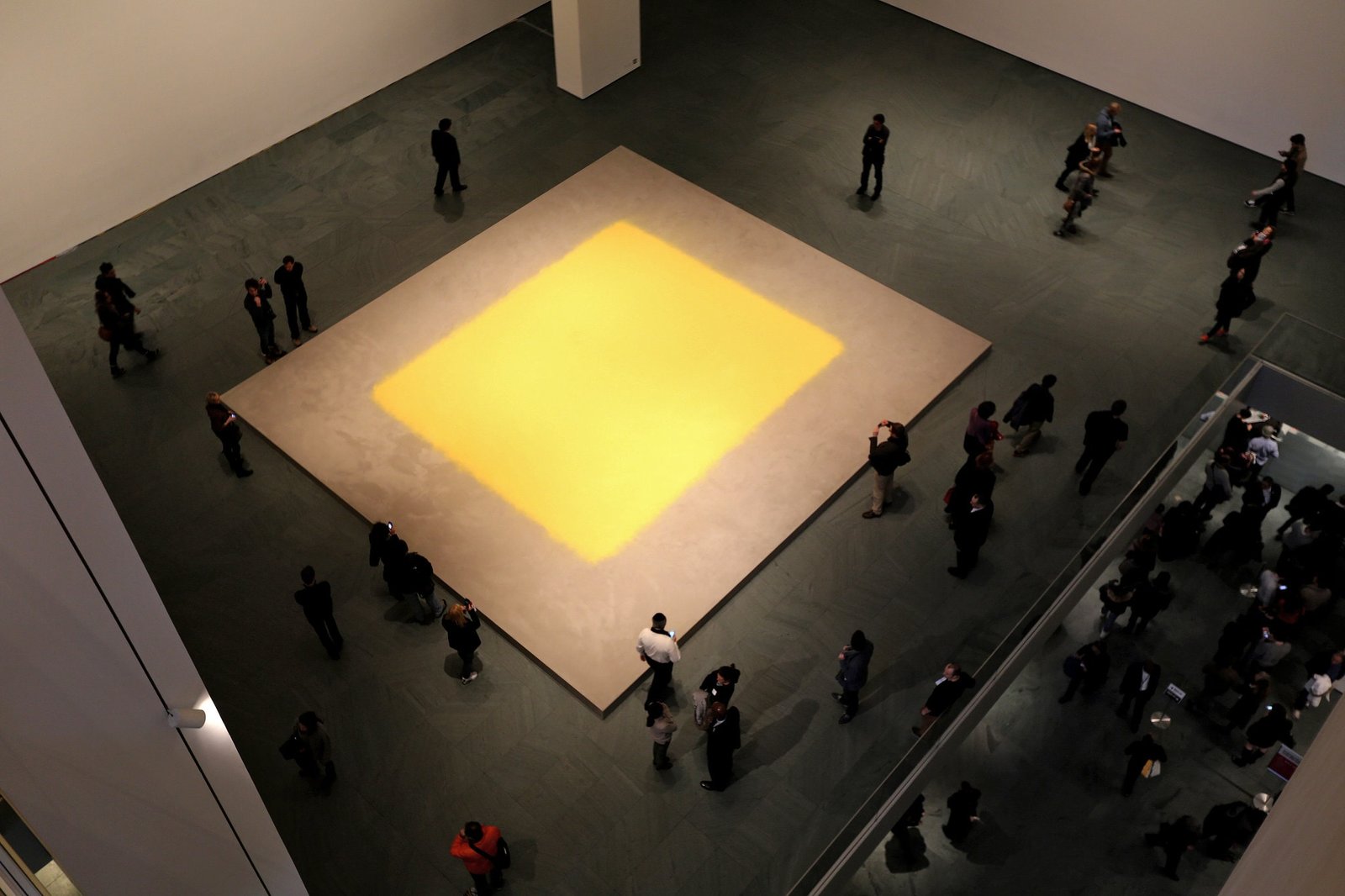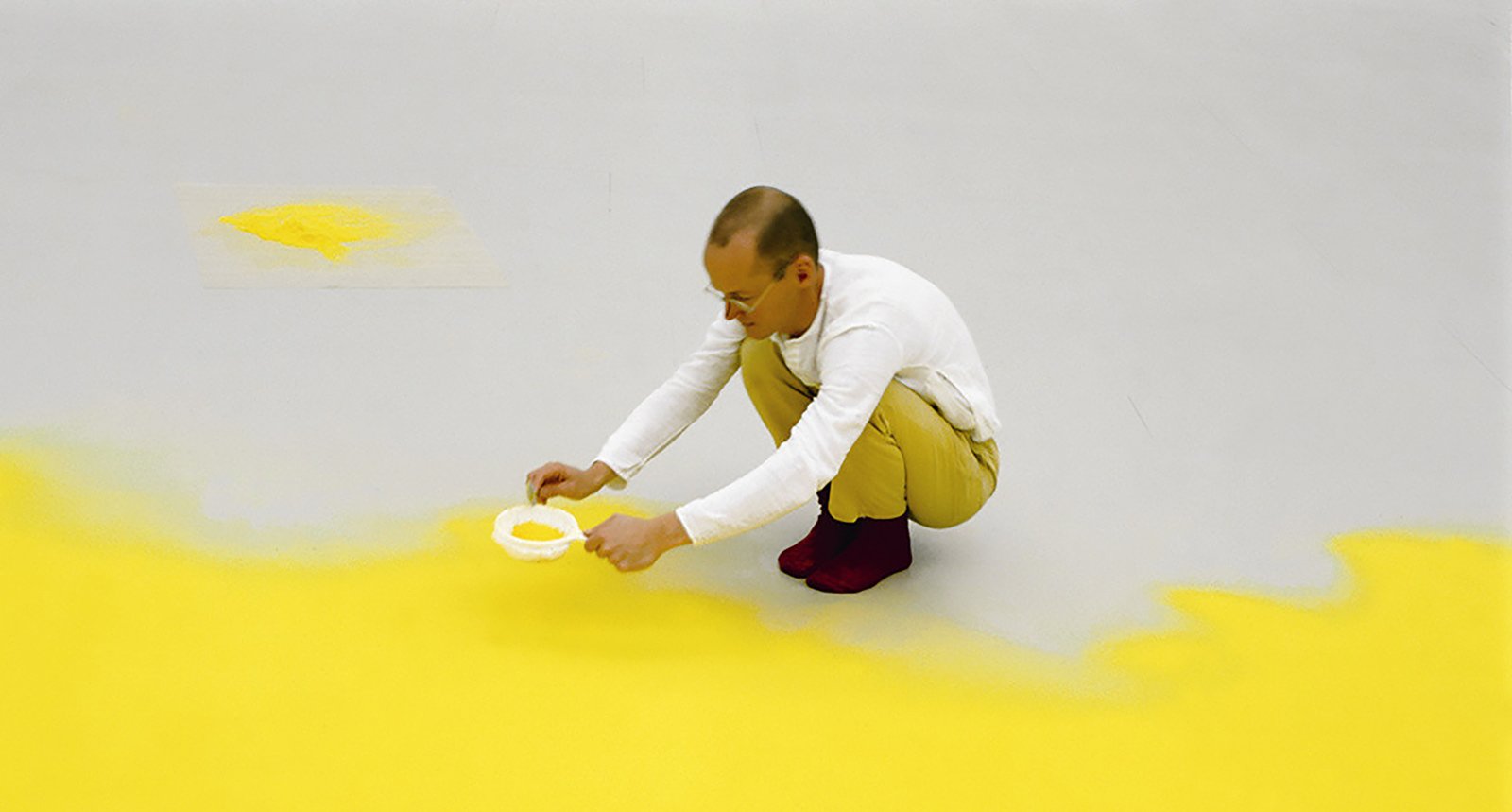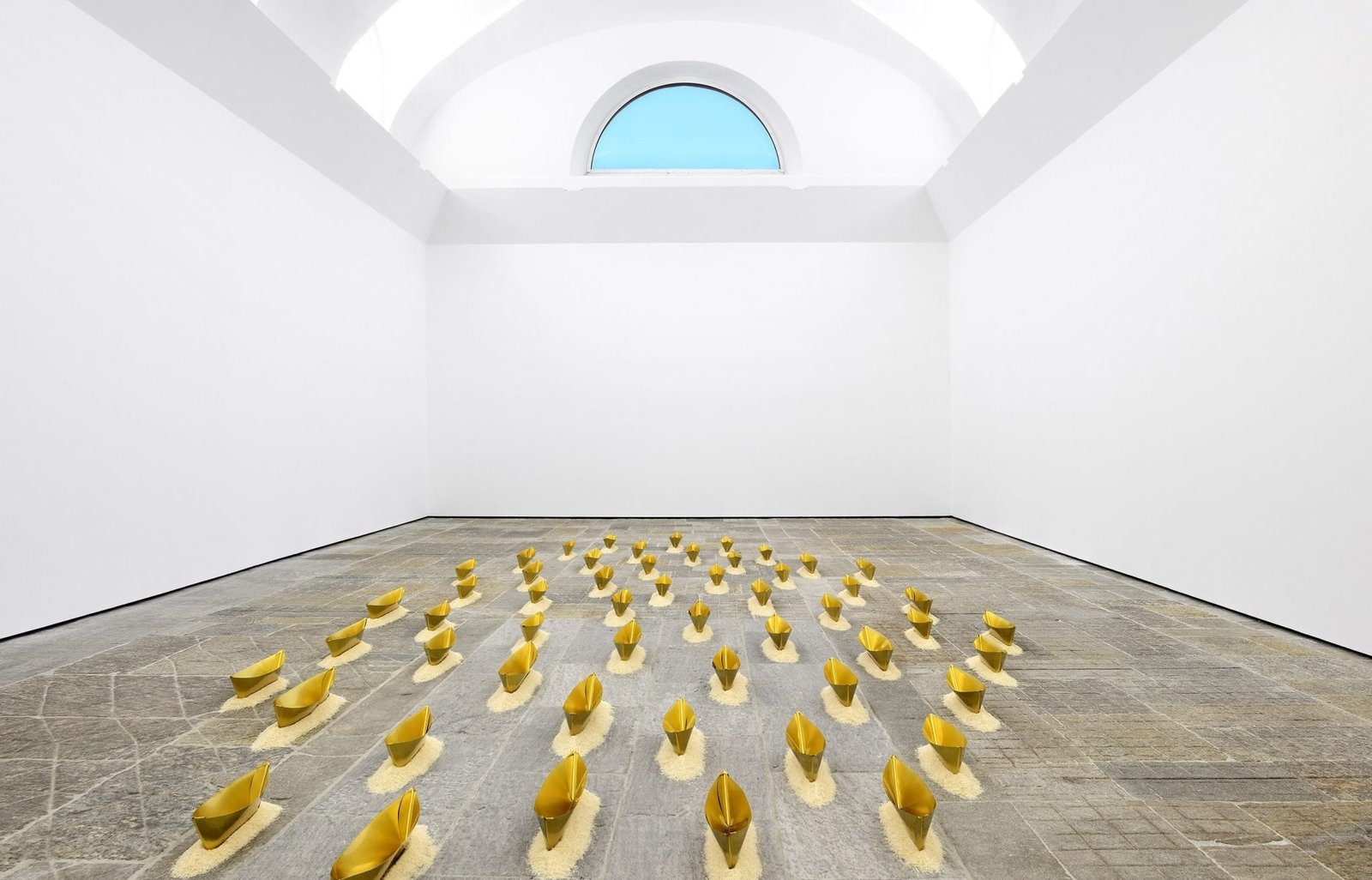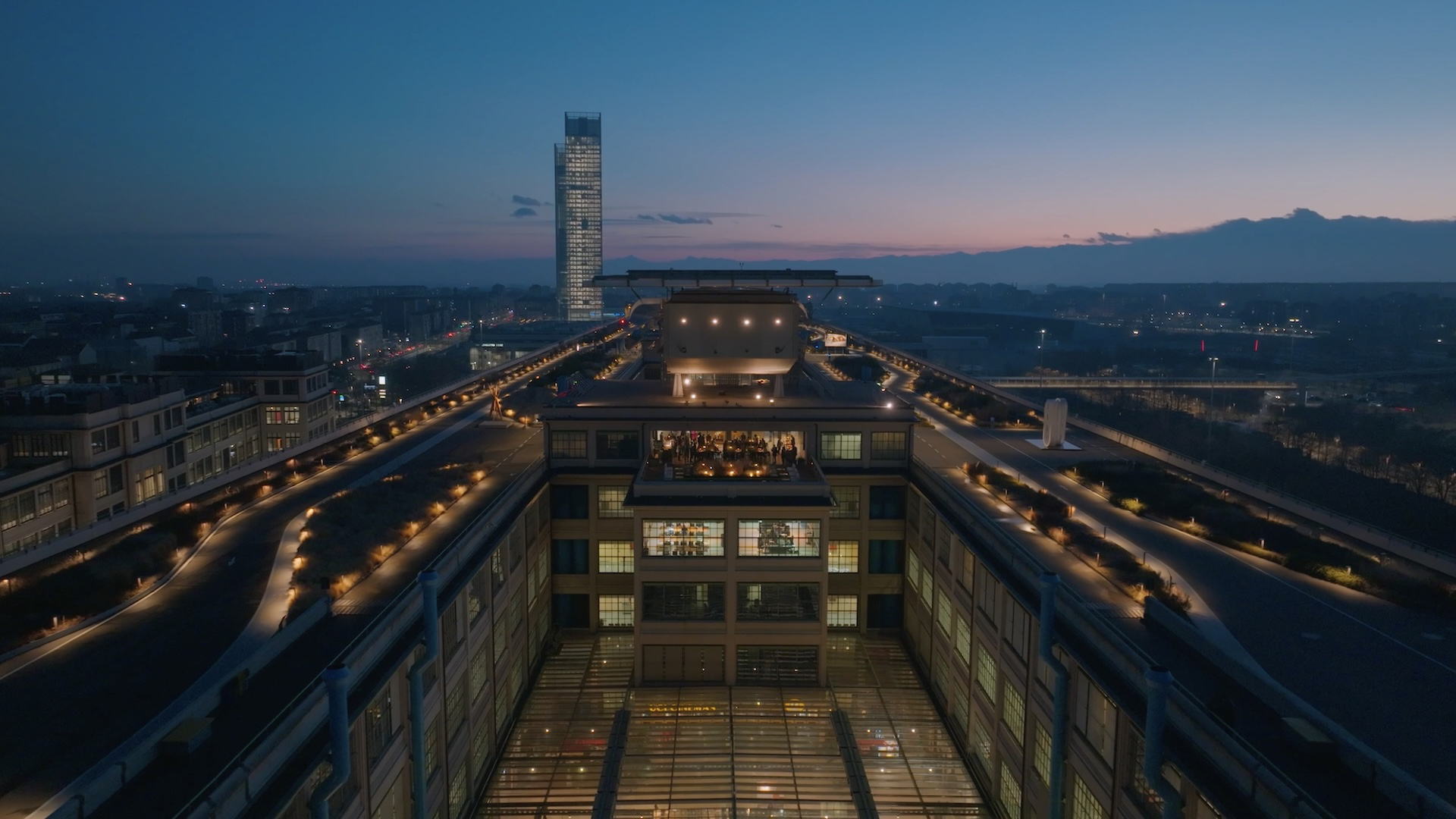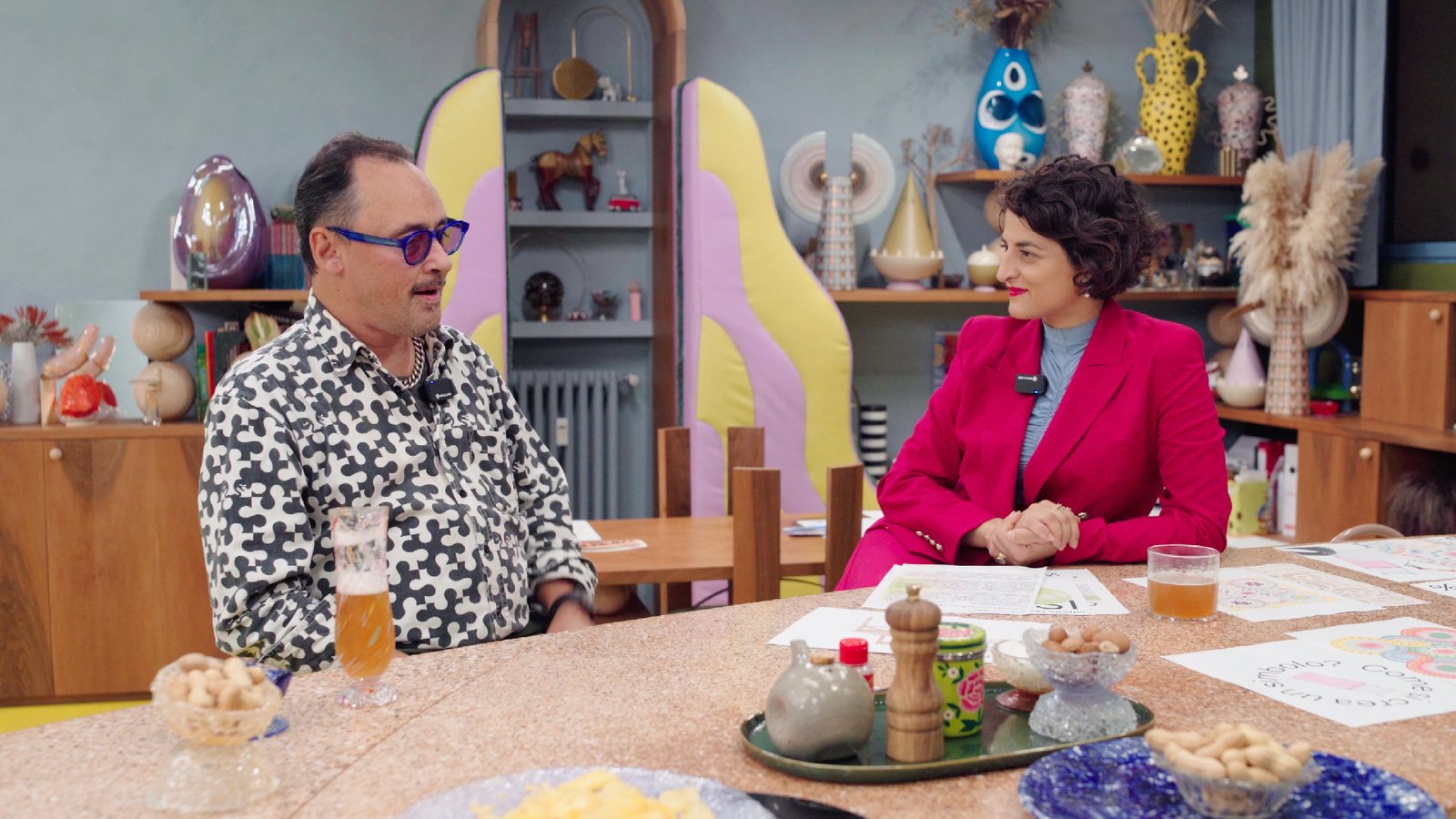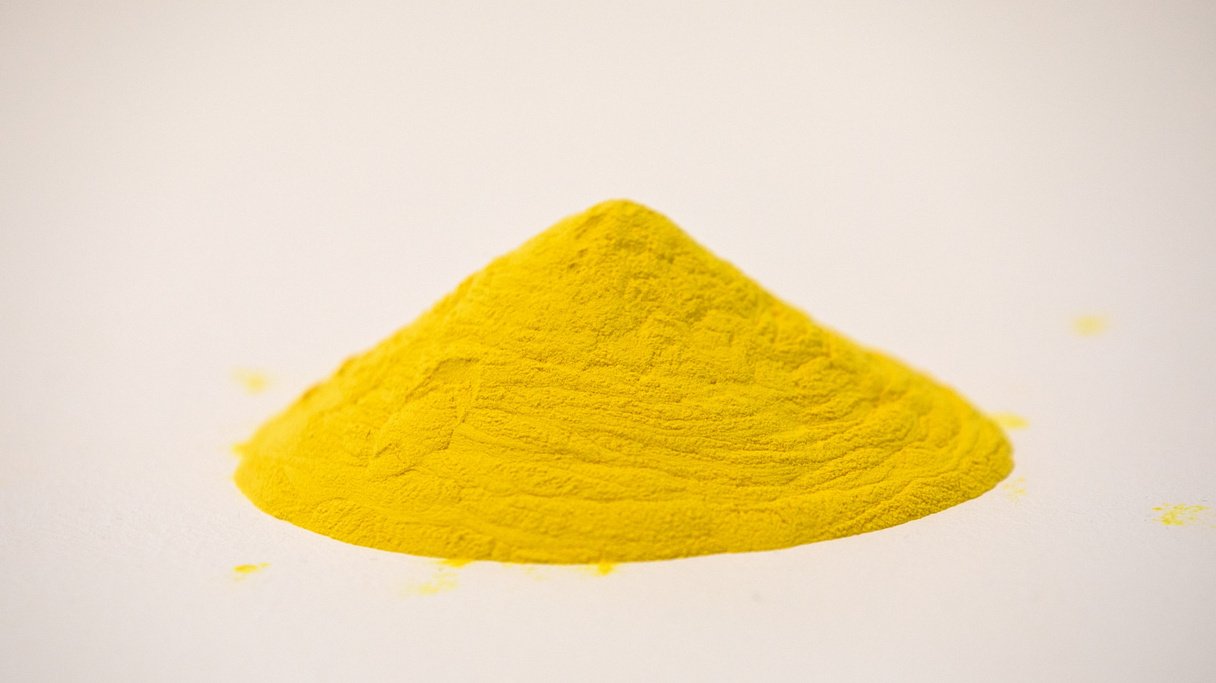
Wolfgang Laib: The Epiphany of the Invisible
A journey through matter and spirituality in the work of Wolfgang Laib, where time becomes art and silence turns into a visual language.
Wolfgang Laib is one of the most enigmatic and radical artists in contemporary art. His work does not seek clamor, but delves into the depths of sensory and spiritual experience. Through minimalist and ritualistic gestures, Laib creates works that seem to elude our immediate understanding, yet in their essentiality, they reveal the hidden beauty of the most ordinary things. His practice, grounded in time, patience, and organic materials, immerses itself in a larger reflection on our relationship with nature and the sacredness of life.
The work of Wolfgang Laib stands out for its rare intensity, an ode to slowness, ritual, and the sacredness of organic matter. Born in 1950 in Metzingen, Germany, Laib is a unique and radical figure: initially trained in medicine, he abandoned his clinical studies just before graduation to pursue an artistic path that can be described as ascetic, almost hermitic. His work is never spectacular in the conventional sense, and precisely for this reason, it exerts a magnetic and almost mystical force.
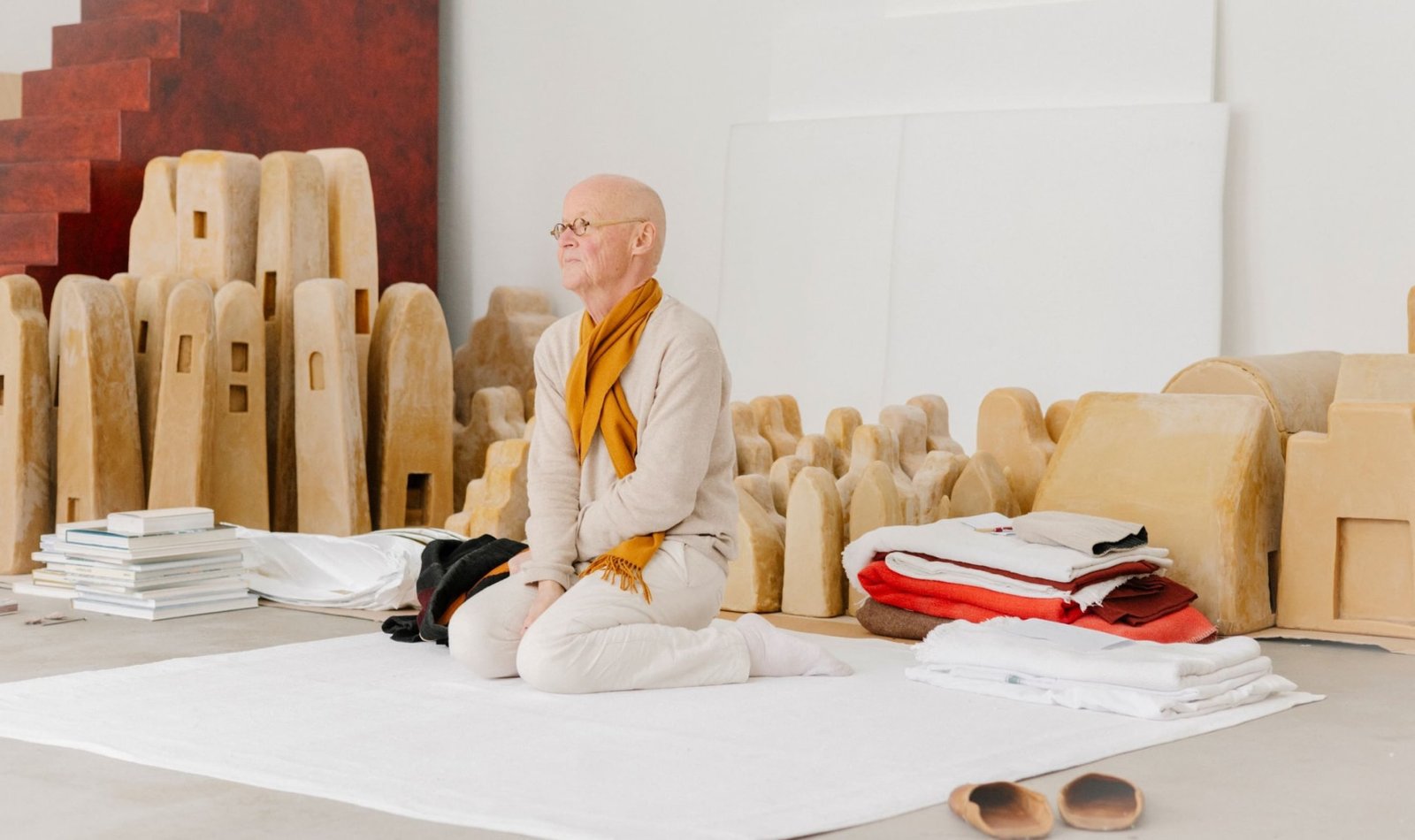 Wolfgang Laib, Art Basel 2024
Wolfgang Laib, Art Basel 2024
Since 1975, Laib has undertaken an artistic gesture that is both simple and unprecedented: collecting pollen from the meadows and forests around his home in the Swabian countryside—hazel, pine, dandelion, chestnut—and then arranging it in thin geometric layers on the floors of some of the world’s most prestigious museums and galleries. These fields of color, seemingly immaterial, vibrate with their own light: they are neither paintings nor sculptures, but manifestations. Bright yellow rectangles that seem to evaporate into the air, yet are in fact the result of hours, days, and months of manual collection, a nearly devotional care for the living.
Laib’s art, in this sense, is a practice of transformation: pollen is not merely material, but a symbol. Each of his installations is a ritual act that speaks of cycles, rebirth, and a possible harmony between the human and the non-human. In his gestures, one can sense a spiritual tension, a desire for transcendence that does not retreat into the abstract but is rooted in the concreteness of the organic.
Yet, pollen is just one of his expressive modes. The rooms coated in beeswax—as containers of olfactory and luminous memory—seem to hold time itself, with their golden, silent walls. The marble slabs, carved and filled daily with milk, evoke an archaic image, where nourishment becomes an offering, and the offering, meditation. Bowls of rice, arranged with monastic order, engage in dialogue with Buddhist liturgy and the patience of those who recognize in repetition an act of resistance.
In 2013, the MoMA in New York hosted one of his most monumental works: a pollen surface of about six by seven meters, laid out like a sacred carpet in the Marron Atrium. To the eye, the yellow expanse appeared as a luminous emanation, an area of pure energy. Only by approaching did its fragile, granular nature reveal itself, the result of patient, invisible labor. An act that removes art from the din of the cultural industry to return it to the world’s breath.
Laib does not create objects: he creates experiences. His works do not impose but welcome; they do not demonstrate but reveal. For him, time is not an enemy to be defeated, but an ally to be listened to. His is a primordial language that is profoundly eloquent, interrogating the viewer without ever raising its voice.
In an era afflicted by visual bulimia and overproduction, Wolfgang Laib offers an alternative path: art that does not seek approval, but introspection; that does not accumulate, but distills; that does not entertain, but transforms. His is a poetics of the threshold, where each grain of pollen, every drop of milk, each clump of wax becomes a manifestation of something that transcends the visible, a trace of an intimate dialogue between the human and nature.
Cover image: Wolfgang Laib, and I saw things that neither knows nor can..., Lia Rumma Gallery, Milan, 2023
Figlia adottiva di Milano ma nata in Campania. Ne ho raccontato la cultura viscerale, i suoi eccessi sentimentali, il culto del quotidiano e del sacro. Scrivo di arte, moda, cibo, rabbia, eretismo psichico e polemiche sterili. Ho scritto di corpi queer, sangue nell’arte, edicole non ordinarie e di amore. Mi piacciono le parole complesse, la frutta matura e i flussi di coscienza.
